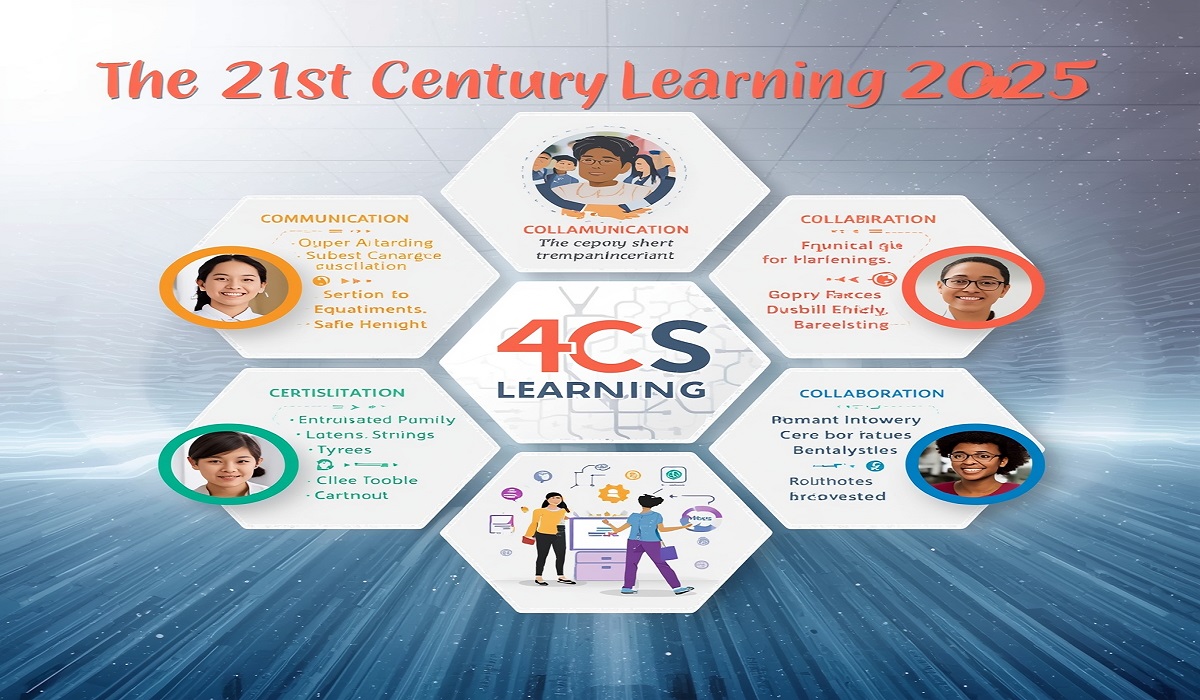4 CS of 21st Century Learning
4 CS of 21st Century Learning: Every student stepping into today’s world needs more than just facts and figures. They need to think, share, build, and imagine. That is why the “4 CS of 21st Century Learning in 2025 – Full Guide” is so important. The 4 CS of 21st Century Learning – Critical Thinking, Creativity, Collaboration, and Communication – form the backbone of a strong modern education.
These skills help learners face change, work with others, and solve new problems. In this article, we’ll explore each of the Best 4 CS, give you clear ideas for using them, show why they matter now in 2025, and help you highlight how they fit into classrooms and life. Let’s go ahead and make these skills real and meaningful.
Understanding the “4 CS of 21st Century Learning in 2025 – Full Guide”
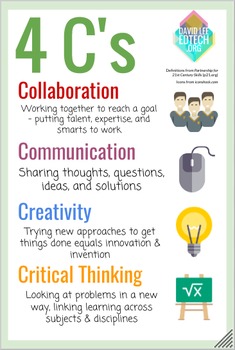

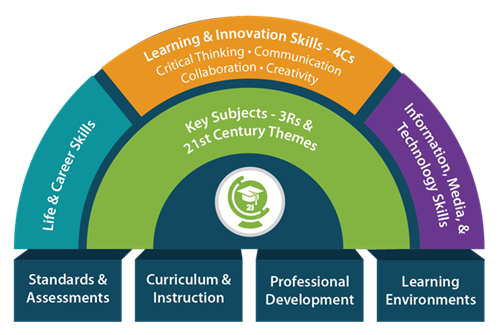
In this section we’ll clarify what the 4 CS are, why they emerged, and how they relate to today’s learning world.
What are the 4 CS?
The “4 CS” refer to:
- Critical Thinking – the ability to analyse, evaluate, and reason.
- Creativity – the ability to generate new ideas, adapt them, and apply them.
- Collaboration – the ability to work with others towards a shared goal.
- Communication – the ability to clearly express ideas, listen, respond and share meaning.
Together, these are known as the Best 4 CS in education frameworks. They were identified as key skills students need in a changing world.
Why did the 4 CS become central in education?
In a world of rapid change — technology, globalization, new job roles — schools recognized that memorising facts is not enough. According to research, when students develop the 4 CS they are better prepared for real-life-work, new contexts, and deeper learning.
For example:
- A learner who can think critically can evaluate different sources of information.
- A learner using creativity can adapt when old solutions no longer work.
- Collaboration allows teams to handle complex tasks rather than solo efforts.
- Communication ensures ideas are shared, understood, polished.
How does the 2025 context change the way we see the 4 CS?
By 2025, some new factors make the 4 CS even more urgent:
- More digital tools and remote learning mean students must collaborate and communicate across distances.
- Automation and AI mean that routine tasks are less key — skills like creativity and critical thinking shine.
- Global challenges (climate change, social issues, intercultural work) demand teamwork, idea generation, and clear communication.
- The attention span challenge and information overload mean that critical thinking and communication are vital.
So the “4 CS of 21st Century Learning in 2025 – Full Guide” is not a static list — it is a living framework that must evolve with the world.
Critical Thinking in 2025: A deeper look at one of the Best 4 CS

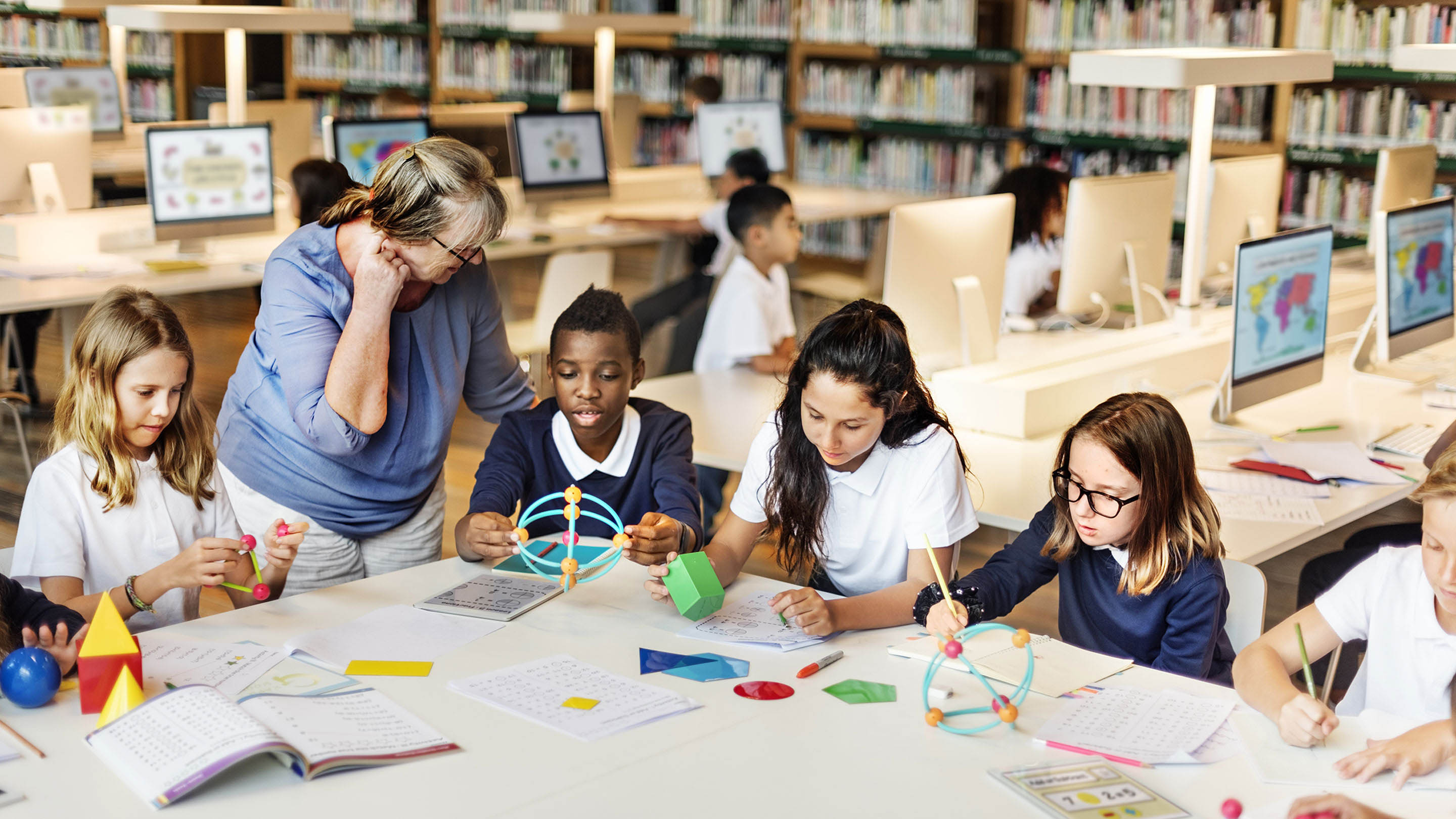

Let’s explore the first “C” in depth: how to understand and apply critical thinking in modern learning.
What critical thinking means in modern learning?
Critical thinking is more than just solving math problems. It is:
- analysing information, not simply accepting it.
- making reasoned judgments, asking “why” and “how”.
- reflecting on one’s own thinking process.
In the 21st century, students face many sources of information (online articles, videos, social media). Critical thinking helps them sift through noise, spot bias, and form sound opinions.
Why critical thinking is crucial now?
- With more access to data and opinions, students must evaluate credibility.
- In careers, employees need to tackle novel problems rather than repetitive tasks.
- In personal life, too, being able to think clearly helps with decisions, understanding media, and adapting to change.
How to nurture critical thinking in classrooms or learning settings?
Some practical strategies:
- Use open-ended questions: “What would happen if…?” or “Why do you think…?”
- Present students with conflicting information and ask them to compare, decide what makes sense.
- Encourage reflection: Have learners ask themselves “How did I arrive at this answer?”
- Use project-based scenarios where students must plan, test, revise.
By embedding these methods, critical thinking becomes part of learning, not just a separate lesson.
Creativity in 2025: One of the Best 4 CS for innovation and adaptation
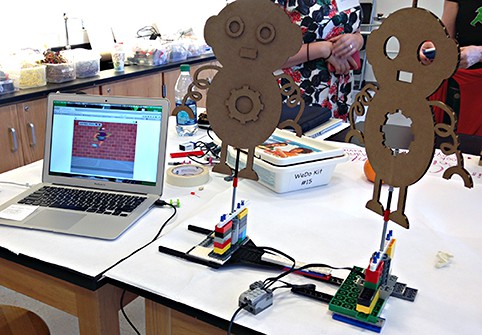


The second “C” — creativity — is vital for helping students adapt, imagine, and innovate. Let’s look at how.
Understanding creativity in learning
Creativity involves:
- developing new ideas, or improving existing ones.
- thinking in open-ended ways, being willing to experiment.
- applying what you know in new ways to solve a problem.
It’s important to understand that creativity is not just for arts or design; it’s for every subject and context.
Why creativity matters in 2025?
- The rate of change means students will face problems we can’t fully predict — creativity helps them respond.
- Jobs of tomorrow will favour people who can create new value, not just follow instructions.
- In learning environments, creativity leads to engagement, ownership, and deeper understanding.
How to build creativity in educational practice?
Here are some tips:
- Encourage brainstorming where no idea is judged at first.
- Give tasks with many possible answers, not one fixed answer.
- Allow time for trial and error; emphasize that mistakes are part of creative learning.
- Provide opportunities to combine disciplines (for example, art + science projects) so students see connections.
By designing activities around creativity, learners grow more confident in thinking beyond what is already known.
Collaboration in 2025: Why one of the Best 4 CS is about together
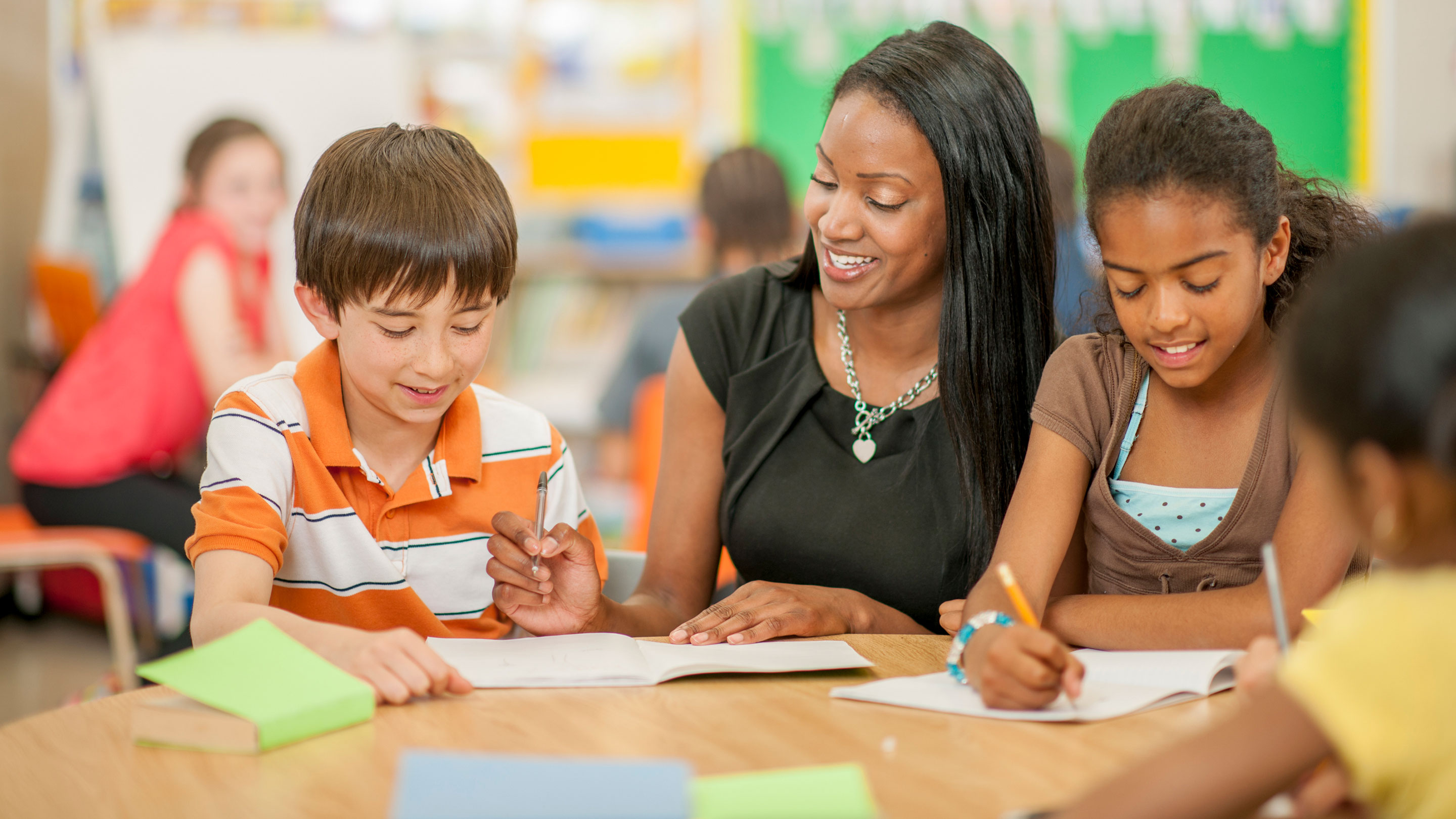


The third “C” — collaboration — focuses on working with others effectively. In 2025 it is more important than ever.
What does collaboration mean in learning?
Collaboration is:
- working with one or more other people toward a shared goal.
- valuing different perspectives and contributions.
- practising team skills: listening, negotiating, dividing work, giving feedback.
Why collaboration is critical in the modern age?
- Much of today’s work is team-based, often across locations and online, so students must be ready.
- Diverse perspectives bring richer solutions; global and digital contexts make this more real.
- Learning together often leads to deeper understanding, because students explain ideas to each other.
How to encourage effective collaboration in classrooms?
Strategies include:
- Use group-projects where roles rotate (leader, recorder, reporter, checker).
- Mix students with diverse skills so they bring different strengths.
- Include peer-feedback sessions: students reflect on how the team worked, what could improve.
- Incorporate digital collaborative tools (shared docs, online whiteboards) to mimic modern team work.
In this way, collaboration isn’t just an add-on — it becomes a natural part of learning.
Communication in 2025: One of the Best 4 CS for expressing and sharing ideas
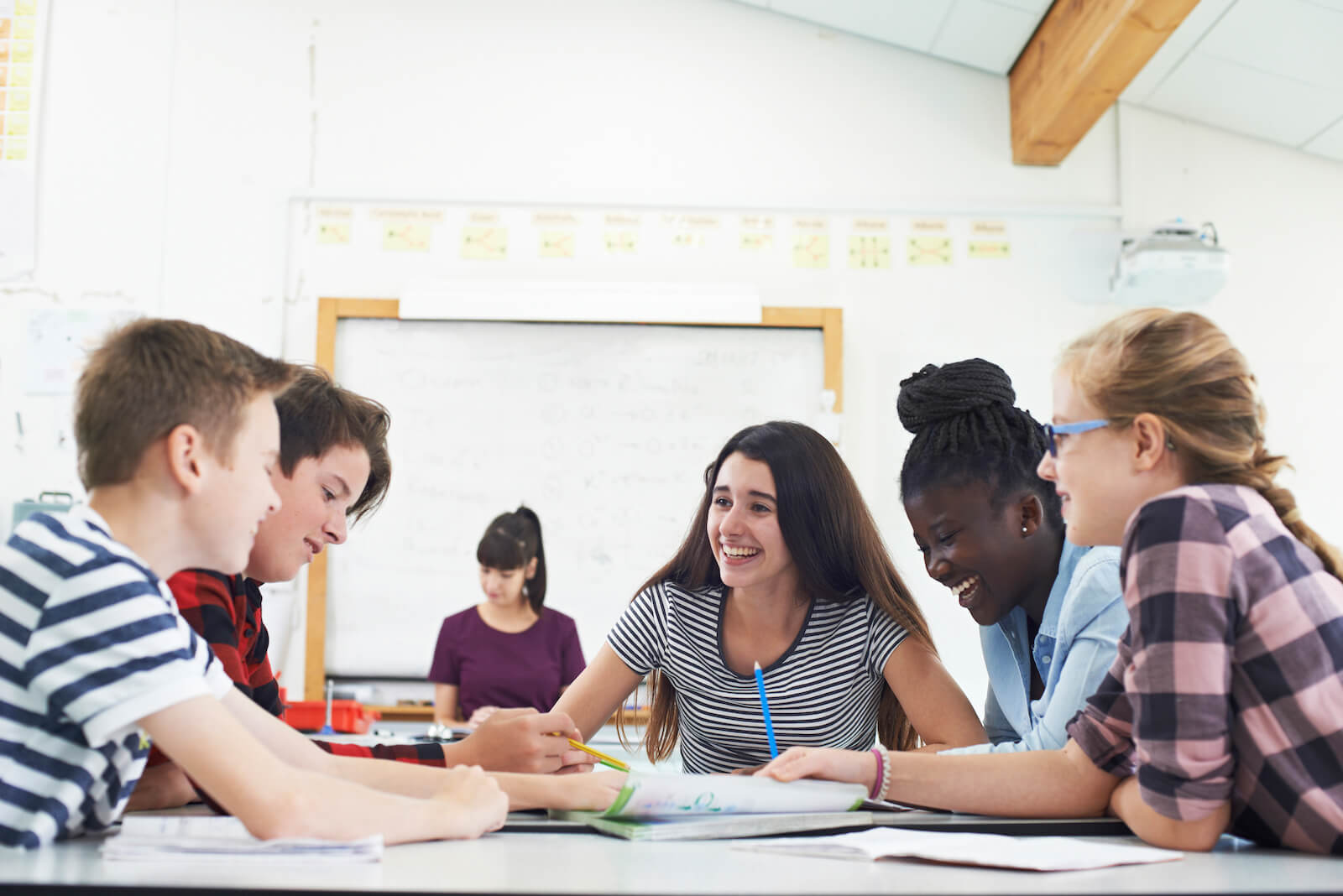


The fourth “C” — communication — completes the set. Without strong communication, even great ideas or teamwork can fall short.
What communication is involved in education?
Communication means:
- expressing ideas clearly, verbally, in writing, and through digital means.
- listening effectively to others, asking questions, responding respectfully.
- adapting message according to audience, context, media (in-person, video, text).
Why communication matters in 2025?
- In a connected world, students will share ideas with many audiences (peers, teachers, global learners).
- Digital platforms mean communicating includes new formats: video, social-media style, multimedia.
- Miscommunication costs time, opportunities — strong communicators stand out.
How to cultivate communication skills in learning?
You can:
- Incorporate presentations, speeches, or video recordings as student tasks.
- Use peer-review of writing or speaking to build feedback loops.
- Teach digital communication norms (tone, clarity, collaboration platforms).
- Encourage students to summarise what they heard or read in their own words — builds listening and expression.
By treating communication as a core skill, the classroom becomes a place where students practise being clear, thoughtful, and adaptable.
Putting it all together: A holistic “4 CS of 21st Century Learning in 2025 – Full Guide” approach
Now let’s bring the four skills into a unified view and see how educators (or learners) can build a rich environment centered on the Best 4 CS.
How the 4 CS interact
These skills do not work in isolation. For example:
- A group project might require collaboration (working with others), communication (sharing ideas), critical thinking (solving a problem), and creativity (designing a novel solution).
- A student writing a blog post uses communication to express, critical thinking to pick ideas, creativity to frame it uniquely, and perhaps collaboration through peer feedback.
The “4 CS of 21st Century Learning in 2025 – Full Guide” recognises this interplay.
A classroom model for 2025
Here is a sample approach:
- Project launch: The teacher presents a real-world challenge (e.g., local environment issue).
- Team formation: Students form teams (collaboration).
- Research & question-asking: Students use critical thinking to explore root causes.
- Idea generation: Teams brainstorm creative solutions (creativity).
- Plan & communicate: Teams prepare a presentation or video (communication).
- Feedback cycle: Teams present to peers, receive peer feedback (communication + collaboration).
- Refine and deliver: Teams incorporate feedback, deliver final solution (all 4 CS).
- Reflection: Students reflect on how they used each “C” and how they might improve next time.
Measuring or observing progress
While the 4 CS are more qualitative than test answers, schools use rubrics or checklists. For example, the guide on “Demonstrating Competency in the 21st Century Skills (4 CS)” outlines indicators for each skill.
Discussion with students about their thinking process deepens the learning.
Tips for learners and teachers in 2025
- Make learning tasks authentic and meaningful — when learners care, they engage.
- Use technology wisely: digital tools can enhance collaboration and communication, but the focus remains people-first.
- Encourage iteration: creativity thrives when mistakes are allowed and refined.
- Emphasise feedback loops: peer and teacher feedback helps communication and collaboration.
- Model the skills: teachers themselves show collaboration (with students), communication, creative thinking, and critical questioning.
Challenges and how to overcome them
Even with the best intentions, implementing the “4 CS of 21st Century Learning in 2025 – Full Guide” can face obstacles. Let’s look at common issues and solutions.
Challenge: Overemphasis on content and tests
Many systems still focus heavily on memorising facts and standardised tests. This can limit time for the 4 CS.
Solution: Embed the 4 CS into content lessons rather than add them separately. For instance, while teaching history, include a collaborative digital timeline project (collaboration, communication, creativity, critical thinking).
Challenge: Teacher time and training
Moving to more active learning with 4 CS requires teacher planning, comfort with new methods and technology.
Solution: Start small. Choose one lesson and redesign it around a 4 CS activity. Use peer-sharing among teachers. Use available free tools and templates (for example with robotics or STEM kits that build 4 CS)
Challenge: Measuring growth in the 4 CS
Because these skills are less tangible, some educators worry measurement is weak.
Solution: Use rubrics with observable behaviours (e.g., “Student asks clarifying questions”, “Student offers alternative ideas”), and include self-reflection by students. Use portfolios rather than only tests.
Challenge: Inequity in access
Not all schools or learners have equal access to digital tools or collaborative environments.
Solution: Use low-tech and offline methods too (pair work, group discussions, paper-based projects). Focus on process more than tech. Ensure all students have voice in teams.
Why the “4 CS of 21st Century Learning in 2025 – Full Guide” matters beyond school

These competencies do not stop being useful when school ends — they support lifelong learning, careers, citizenship, and personal growth.
1: In the workplace
- Many jobs require team work, communication with diverse people, problem-solving and innovation.
- Employees who can think creatively and critically add more value.
- The Best 4 CS become key differentiators.
2: In civic and personal life
- Digital citizens face misinformation: critical thinking and communication help navigate that.
- Global issues (climate, health, migration) require collaboration across communities and nations.
- Creativity and communication help citizens propose solutions, share ideas, take action.
3: In lifelong learning
- The pace of change means people must learn new skills over time. Creativity helps adapt; communication helps share and learn; collaboration helps learn with others; critical thinking helps assess new knowledge.
The “4 CS of 21st Century Learning in 2025 – Full Guide” thus becomes a foundation for thriving, not just surviving.
FAQs
1. What exactly are the “4 CS of 21st Century Learning”?
There are four essential skills: Critical Thinking, Creativity, Collaboration and Communication. These are seen as key for modern learners to succeed in school, work, and life.
2. Why are they called the Best 4 CS?
Because many frameworks highlight them as the most influential for 21st-century learning. They capture key capabilities we expect of learners beyond basic content knowledge.
3. How can teachers integrate the 4 CS into everyday lessons?
One practical way is to design lessons where students work in teams (collaboration), solve an open-ended problem (critical thinking + creativity), then present their work (communication). Use digital/physical tools, encourage reflection, rotate roles, and provide feedback.
4. Are the 4 CS more important than traditional academic skills (reading, writing, arithmetic)?
No—they complement them. Traditional academic skills are still essential. The 4 CS add a layer of how students use and apply those academic skills in complex real-life situations.
5. How do we assess or measure the 4 CS in 2025?
Use rubrics that describe observable behaviours (e.g., “Consistently shares ideas clearly”, “Listens to others and builds on their ideas”, “Proposes multiple solution paths”). Portfolios, projects, peer feedback, self-reflection are effective.
Conclusion
The “4 CS of 21st Century Learning in 2025 – Full Guide” offers a people-first blueprint for education and growth in our changing world. By focusing on the Best 4 CS — Critical Thinking, Creativity, Collaboration and Communication — educators and learners build strong foundations for more than content: they build lifelong capacities.
In 2025 and beyond, that means being able to adapt, innovate, work with others, and express ideas clearly. Whether you are a teacher planning lessons, a learner preparing your future, or a parent supporting your child, weaving the 4 CS into real learning experiences will pay off. Remember: use the 4 CS not just to check boxes, but to elevate how learners engage, imagine, work and communicate. That way, the guide becomes not just theory, but practice—and lives become richer, more connected, and more capable.
